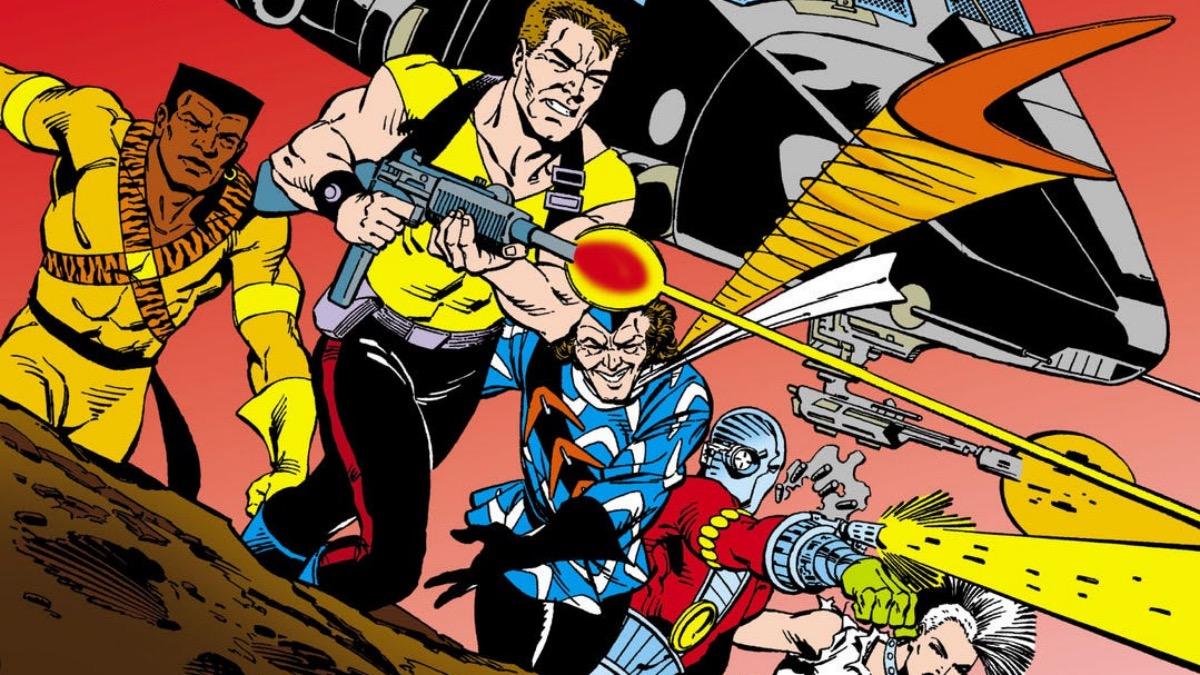
The upcoming Marvel Studios film, Thunderbolts, has sparked discussions on social media that draw parallels to DC’s Suicide Squad. At first sight, both teams seem similar, as they consist of characters with criminal pasts working on missions together. However, a closer look reveals that these teams are distinct in their origins, motivations, and narrative roles within their comic book worlds. Thunderbolts and Suicide Squad were born out of different creative ideas: while Thunderbolts delves into themes like redemption and self-discovery, Suicide Squad explores the exploitation and disposability of prisoners. As the Thunderbolts gear up for their cinematic launch, it’s essential to understand why comparisons to Suicide Squad fall short and undervalue the unique storytelling opportunities each team offers in their respective universes.
In 1997, the Thunderbolts were introduced in Marvel Comics. When it appeared that the Avengers had perished during the “Onslaught” storyline, a new superhero group known as the Thunderbolts emerged to take their place. However, it was eventually revealed by writer Kurt Busiek that this team wasn’t made up of heroes; instead, they were the Masters of Evil, led by Baron Helmut Zemo, disguising themselves as heroes in order to gain public trust before carrying out a larger plan. This subterfuge, with villains masquerading as heroes, was what set the Thunderbolts apart and made them unique, as it raised questions about whether those who had committed heinous acts could find redemption when presented with an opportunity for heroism and public acclaim. As time passed, several members like Songbird (formerly Screaming Mimi) genuinely reformed, leading to intricate character journeys centered around second chances.
Originating from the 1980s under the pen of John Ostrander, the Suicide Squad was established as a distinctly different concept. Officially known as Task Force X, this group comprises imprisoned villains compelled to undertake dangerous, deniable black ops missions for the government in return for lessened sentences. Their unrelenting leader, Amanda Waller, keeps them in check with explosives embedded within their bodies. Unlike the Thunderbolts, who strive for heroism, this team isn’t pursuing redemption; they are coerced tools, facing death if they disobey orders. The core idea revolves around exploitation, as the government uses disposable criminals for missions where heavy losses are anticipated. Contrasting the Thunderbolts’ path to potential heroism, the Suicide Squad openly accepts its grim and cynical premise that team members are treated as dispensable resources by their superiors.
The Fundamental Difference Between Thunderbolts and Suicide Squad: Choice vs. Coercion

The most captivating narratives surrounding the Thunderbolts stem from their villainous characters transitioning from pretending to be heroes to genuinely embracing heroism over time. Characters like Songbird, Mach-I (previously known as Beetle), and Atlas found fulfillment in assisting others. The later groups of Thunderbolts, headed by Hawkeye, Luke Cage, and Winter Soldier, continued this motif of reformation, with ex-villains opting to strive for redemption. In these official teams, members often chose to serve willingly rather than being compelled to do so by authority figures.
Instead of working voluntarily, the Suicide Squad functions under strict compulsion. Members join because refusal means certain death. Though some individual squad members may develop or demonstrate heroic acts, the organization as a whole is shown as ethically questionable. Amanda Waller doesn’t act as a guiding figure but as a relentless supervisor who is willing to sacrifice prisoners for mission success. Additionally, the Suicide Squad serves as an exploration of reluctant alliances among characters with no common ground, leading to unforeseen team interactions.

In my world, I find myself navigating a moral terrain that blurs the lines between good and evil, much like the Thunderbolts do. They occupy a gray zone, straddling the boundary between heroes and villains, often serving as a reflection of the fluid nature of this divide. Their tales delve into the complexities of societal expectations, public opinion, and individual decisions that can inadvertently steer someone towards the path of villainy.
In the world of movies, these contrasts should really stand out. The upcoming Marvel Studios film, Thunderbolts, is gathering characters such as Yelena Belova (played by Florence Pugh), Red Guardian (David Harbour), U.S. Agent (Wyatt Russell), and Bucky Barnes (Sebastian Stan). These individuals may have questionable moral histories, but they’ve demonstrated heroic tendencies. This film offers a chance to delve into how people with complex pasts can find redemption and reinvent themselves. Unlike the Suicide Squad, it won’t focus on an unusual team enforced to work together, instead aligning more with the original comic’s themes of transformation and self-definition.
Thunderbolts* lands in theaters on May 2nd. DC’s Suicide Squad movies are streaming on Max.
Which do you find more appealing: Marvel’s Thunderbolts or DC’s Suicide Squad? Let’s talk about what makes each group stand out. Share your thoughts below!
Read More
2025-03-28 18:40